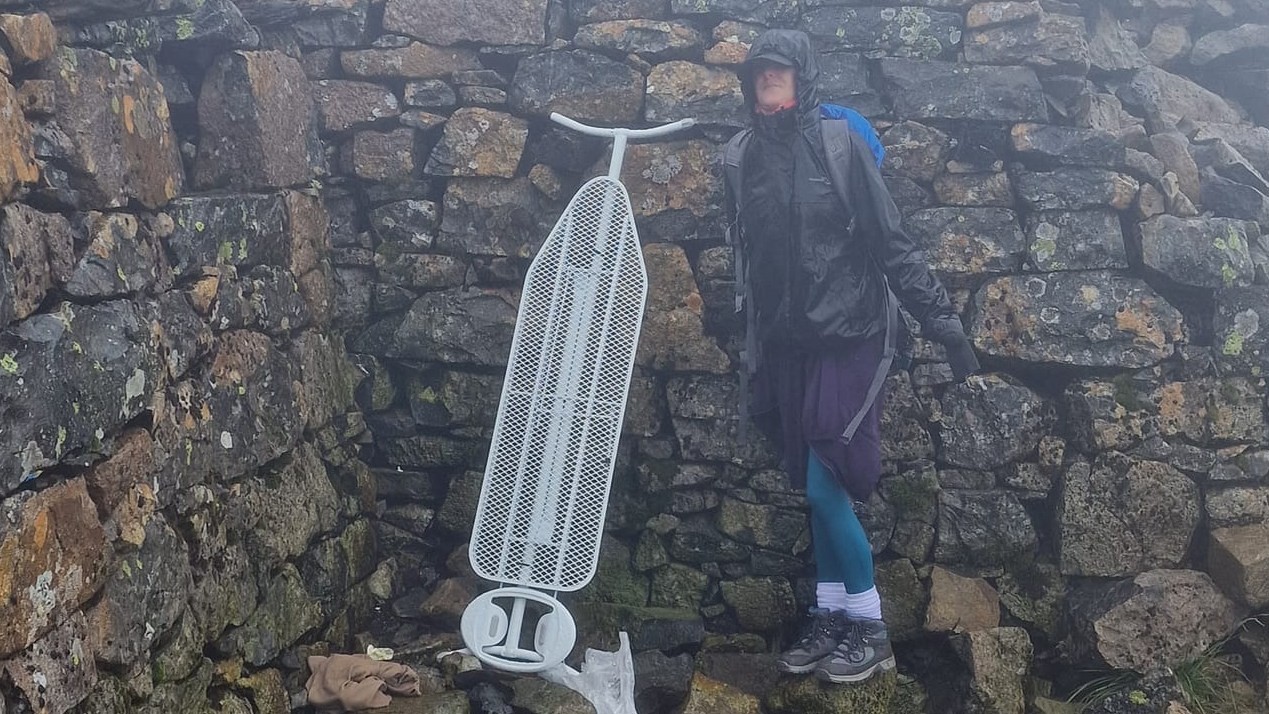‘Ancient’ stone circle revealed to be 1990s replica
Archaeologists believed Aberdeenshire monument was up to 4,500 years old until farmer came forward
Archaologists have been left red-faced after a stone circle in Scotland that they initially believed to be thousands of years old was identified as a modern replica.
Earlier this month, experts from the Aberdeenshire Council and Historic Environment Scotland announced that a small circle of stones discovered on a remote farm in the region appeared to be between 3,500 and 4,500 years old, Live Science reports.
The discovery was considered particularly exciting owing to the small diameter of the “recumbent stone circle”, a formation unique to the northeast of Scotland, and the relatively small size of the stones used, says The Guardian.
The Week
Escape your echo chamber. Get the facts behind the news, plus analysis from multiple perspectives.

Sign up for The Week's Free Newsletters
From our morning news briefing to a weekly Good News Newsletter, get the best of The Week delivered directly to your inbox.
From our morning news briefing to a weekly Good News Newsletter, get the best of The Week delivered directly to your inbox.
The archaeology service had “commented on how uncommon it was for such monuments to go unnoticed for such a long time”, adds The Scotsman.
But the council “celebrated it as an authentic discovery and continued their research” - until they were contacted by the former owner of the farm, in the parish of Leochel-Cushnie, “who said they had built it as a replica in the mid-1990s”, The Guardian continues.
Neil Ackerman, historic environment record assistant at the council, confirmed the “awkward” mistake in a tweet yesterday.
He later added: “It is obviously disappointing to learn of this development, but it also adds an interesting element to its story. That it so closely copies a regional monument type shows the local knowledge, appreciation and engagement with the archaeology of the region by the local community.”
A free daily email with the biggest news stories of the day – and the best features from TheWeek.com
-
 The best alcohol-free alternatives for Dry January
The best alcohol-free alternatives for Dry JanuaryThe Week Recommends Whether emerging from a boozy Christmas, or seeking a change in 2026, here are some of the best non-alcoholic beers, wines and spirits to enjoy
-
 A lemon-shaped exoplanet is squeezing what we know about planet formation
A lemon-shaped exoplanet is squeezing what we know about planet formationUnder the radar It may be made from a former star
-
 Political cartoons for January 4
Political cartoons for January 4Cartoons Sunday's political cartoons include a resolution to learn a new language, and new names in Hades and on battleships
-
 NHS tells Scots to walk like penguins
NHS tells Scots to walk like penguinsTall Tales Walk like penguins in the snow, says NHS
-
 Twins born in separate years
Twins born in separate yearsTall Tales And other stories from the stranger side of life
-
 Woman solves 'rude neighbour' mystery
Woman solves 'rude neighbour' mysteryTall Tales And other stories from the stranger side of life
-
 'Extreme ironing' blamed for Ben Nevis board
'Extreme ironing' blamed for Ben Nevis boardTall Tales And other stories from the stranger side of life
-
 Screaming Beatles fans embarrassed George Harrison’s mother
Screaming Beatles fans embarrassed George Harrison’s motherfeature And other stories from the stranger side of life
-
 First crocodile virgin birth recorded
First crocodile virgin birth recordedfeature And other stories from the stranger side of life
-
 Joggers told to wear helmets amid bird terror
Joggers told to wear helmets amid bird terrorfeature And other stories from the stranger side of life
-
 Otter accused of killing relocated Loch Lomond beavers
Otter accused of killing relocated Loch Lomond beaversSpeed Read The dead beaver kits were moved from Tayside to RSPB Scotland reserve last month